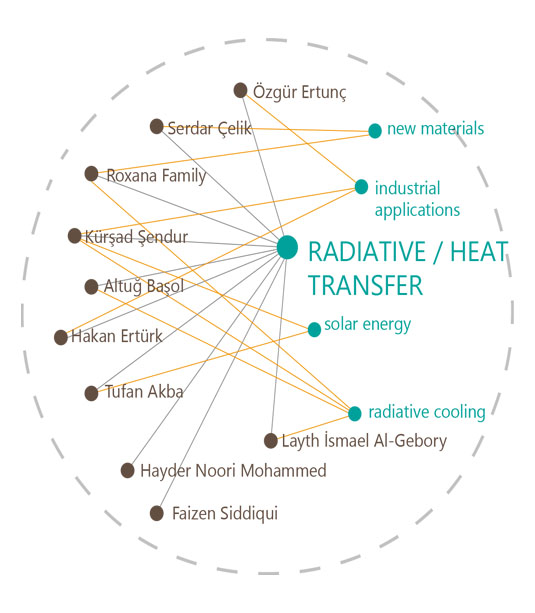Studying heat transfer helps us to define how energy is transmitted to an object. It requires physical understanding and mathematical rigor. The three main mechanisms of heat transfer are conduction, convection and radiation. Radiative heat transfer determines how heat is transferred from one object to another by electromagnetic waves; it does not require the presence of any medium between them. Light is radiation, and both need to be defined by frequency (wavelength) and direction, which set radiation heat transfer different than conduction and convection. The governing equation of radiative heat transfer is an integrodifferential equation, because of the directional nature, and needs to be solved several times for different frequency bands depending on the spectral resolution required. Therefore, the effective solution of the radiation transfer equation for atmospheric or industrial applications, such as flames, fires, furnaces, require the development of new computational approaches.
At CEEE, we have been working on both fundamental and applied radiative transfer problems. The CEEE researchers have developed different approaches towards energy efficient operations in industrial systems as well as for thermal comfort in buildings, based on thermal sciences and radiative transfer. These studies were conducted at Özyeğin University, as well as with our collaborators from Sabancı, Bogazici Universities and Middle East Technical Universities.

Ozyegin University
Academic Building 4, B5-520,
Nisantepe, Orman Street, 34794 Cekmekoy
Istanbul / TURKEY
Ozyegin University
Academic Building 4, B5-520,
Nisantepe, Orman Street, 34794 Cekmekoy
Istanbul / TURKEY
+90 (216) 564 91 34
+90 (216) 564 91 34
energy@ozyegin.edu.tr
energy@ozyegin.edu.tr